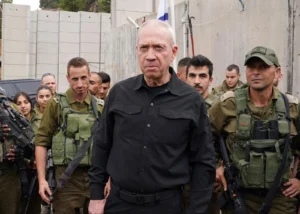SOUTH SUDAN REFUGEES: GOVERNMENT AND PARTNERS IN JOINT ASSESSMENT
By Godfrey Olukya 6-1-2014
Over 10,000 South Sudanese refugees are reported to have crossed into
Uganda over the three weeks in which fighting between government
troops and rebels has been taking place in South Sudan.
The Government of Uganda and humanitarian agencies are embarking on an
inter-agency rapid assessment of the South Sudan Population Movement.
This was reached at during an interagency stakeholder coordination
meeting chaired by the Office of Prime Minister. The agencies that
participated in the two day assessment that kicked off yesterday are
Uganda Red Cross Society, UNHCR, WFP, UNICEF, FAO, LWF, HIJIRA, MTI,
MSF, DRC, Interaid among others.
The teams grouped into two will be coordinated by office of prime
minister. Team 1 will map out areas of Elegu, Adjumani and Moyo while
team 2 will cover Kiryandongo, Arua, Koboko and Rhino Camp. The teams
will return on 8th January for a debrief at the Prime Minister’s
Office.
The aim of the joint assessment is to ascertain the actual situation
on ground, humanitarian needs and way forward to address the
population movement from South Sudan.
Uganda Red Cross Society in its Saturday disaster response emergency
meeting chaired by Interim Secretary General Ken Odur at URCS
headquarters resolved to deploy two senior staff for the assessment.
URCS is already supporting government in border surveillance,
restoration of family links (tracing) and identifying un-accompanied
minors from South Sudan.
URCS has re-activated its Red Cross Action Teams in Gulu, Arua,
Koboko, Yumbe and Moyo to provide support for the South Sudan
operations
There are 6, 008 South Sudanese refugees in Adjumani 400 kms north of
Kampala and 4218 in Arua 350 kms north west of Kampala, all near
border with South Sudan.
UNHCR and OPM anticipate an influx of 30, 000 South Sudanese refugees.
In Koboko, URCS is running a mini water treatment plant that is
serving water to Congolese refugees in Lobule Transit Camp. Hitherto,
refugees would collect water from River Attu which is heavily
contaminated. The URCS treatment plant which purifies water before it
is consumed has the capacity to serve 5, 000 refugees in day. It
comprises of a water pump, a tank, a tap stand, water purification
filters. The Red Cross has provided jerrycans to the refugees to draw
clean water.
END





